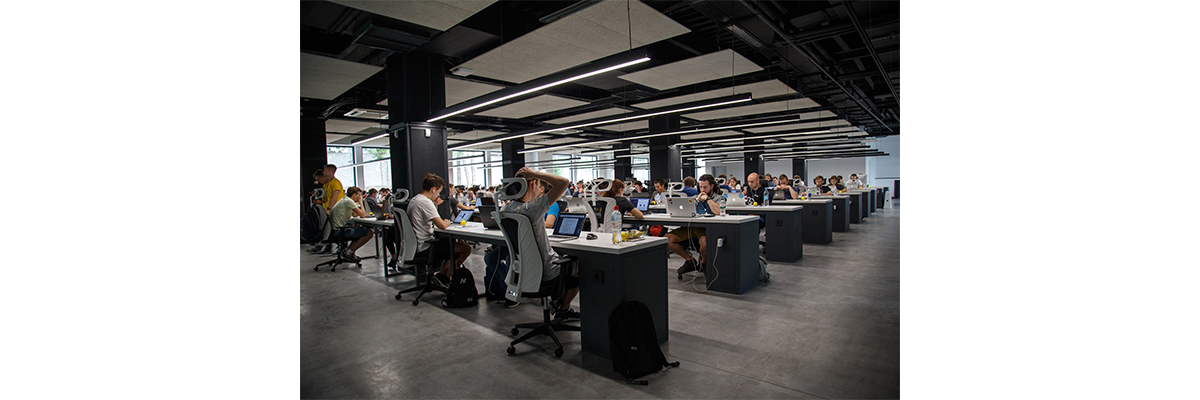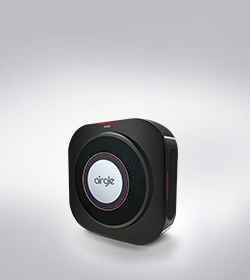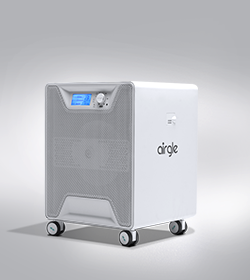How the Workplace Needs to Change to Get Employees Back in the Office
August 1, 2023
Airgle Press & Articles

As we enter September, employers weigh how to get employees back in the office.
Improve Indoor Air Quality
Safety concerns still plague those who haven’t returned to the office. Employers must prioritize their employees’ health to return to the workplace or even hybrid work. To do that, ventilation needs to be top-notch. Viruses are extremely small, on the order of 0.1 microns in diameter. And a building’s HVAC filters can only do so much.
“By design, they still have to be porous enough to allow for adequate airflow to cool or heat a building,” said Dr. Tyler Orehek, President – North America of Airgle Corp, a world-class provider of air purification systems and a Council-Certified Indoor Environmental Consultant (CIEC). “This is why medical-grade air purifiers (the stand-alone variety) are far superior to HVAC filtration.”
The role of medical-grade air purifiers, such as Airgle systems, for example, is to capture ultra-fine particulates and aerosols before an individual can inhale them. “A medical-grade air purifier must possess the ability to purify a space multiple times per hour,” added Dr. Orehek.” This is paramount.”
Adjust the Office Design
When encouraging employees to return to the office, taking their mental health into account is key. According to the Lancet, between 1990 and 2019, the global number of disability-adjusted life years (DALYs) due to mental disorders increased from 80.8 million to 125.3 million. This means that mental health concerns were on the rise and had a greater impact than ever before on life outcomes.
While this needs to be addressed with programming, changing certain design elements in an office can help too.
“Additional strategies that can be implemented include increased greenery, which benefits employees’ wellbeing and are often a small investment, and improved views and access to natural light,” said Sara Karerat, Director of Applied Research at the Center for Active Design. “In fact, poor ratings of light quality and views are associated with a higher number of sick leave hours.”
Interest in health-promoting workplaces is on the rise. This doesn’t mean workplaces optimized to mitigate the risk of contagious disease transmission but also those aimed at promoting employees’ holistic health.
“Hybrid and remote workplaces aren’t going anywhere, which means it’s vital that workplaces are enhanced for these new routines,” said Karerat. “Workplaces now need to be more flexible and offer an experience unique to working from home. In addition, they should foster social interaction and collaboration to draw employees back to the office.”
Make Work a Fun Event
After over two years of working from home, it can be difficult to convince many people to return to the office. Why would they when it makes getting chores, working out, and taking care of the family easier? Well, if the office was an exciting and rewarding place to go, then people might start to shift their thinking.
“The work environment is more like an event than ever before. Experience will be a huge motivating factor,” said employee experience expert Robyn Duda. “There has to be a purpose to coming in while utilizing their time effectively: new ways to connect, collaborate, and be inspired. They must consider new learning methods like external speakers, cross-company interest groups, and mentorship opportunities.”

 Support
Support Login
Login
 Sign Up
Sign Up
 Cart
Cart


 Login
Login Sign Up
Sign Up





 Previous
Previous
